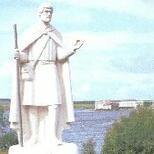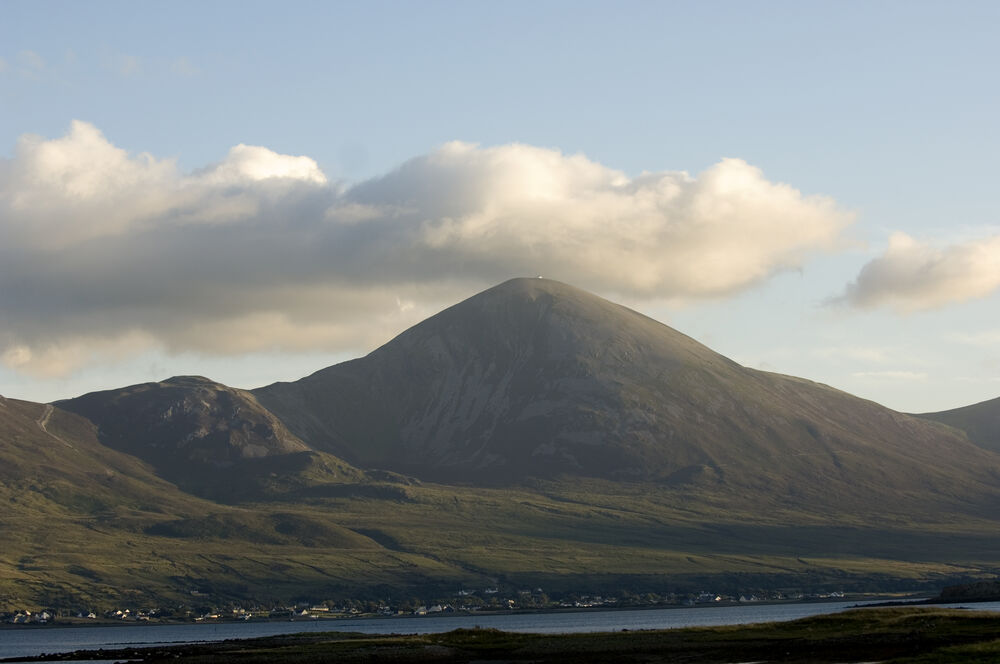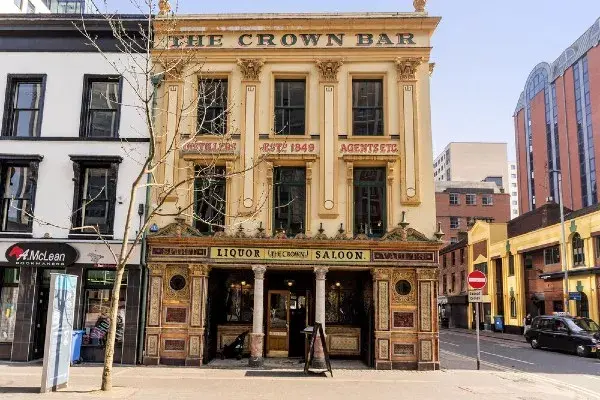
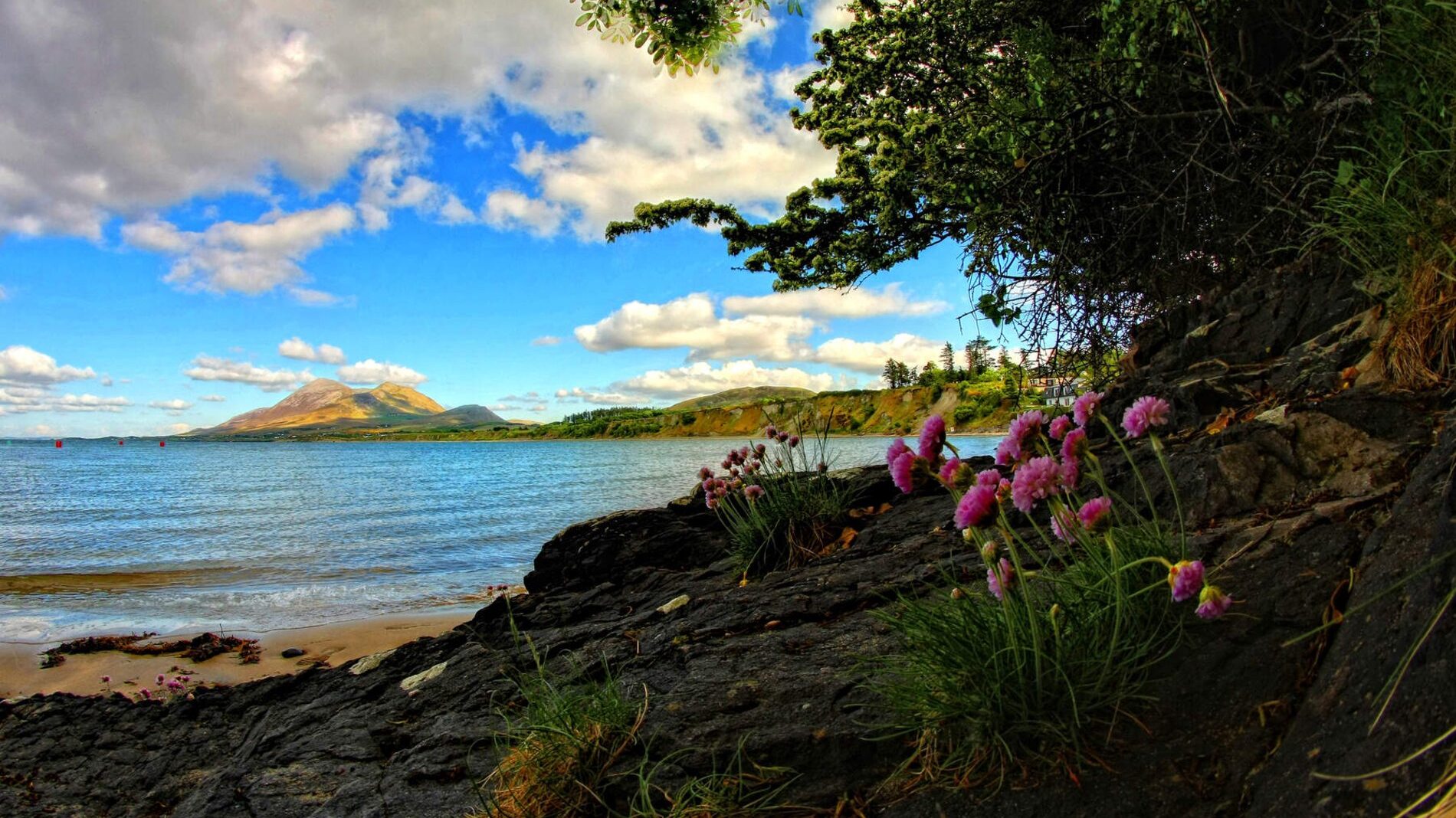
St Patrick's Country

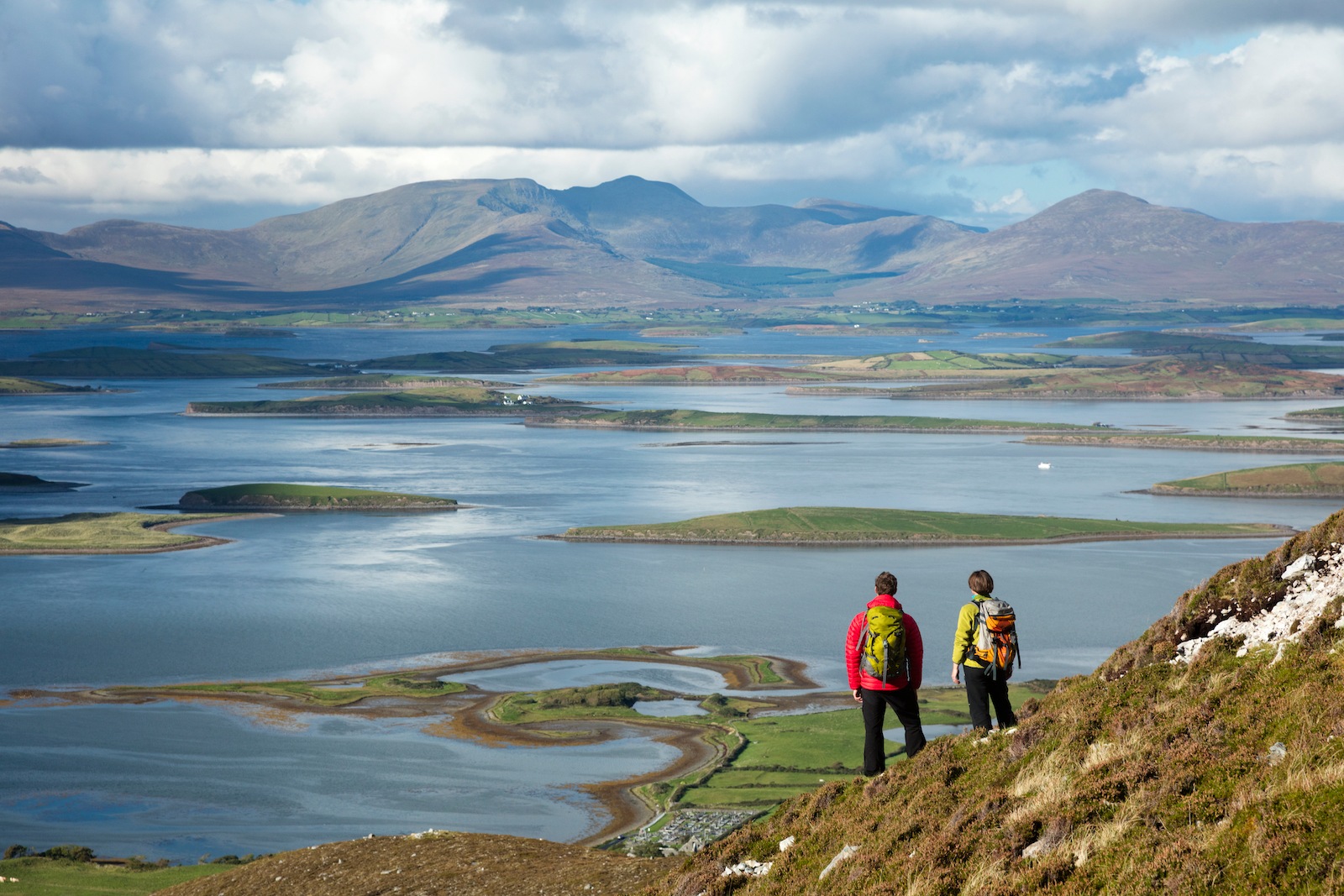

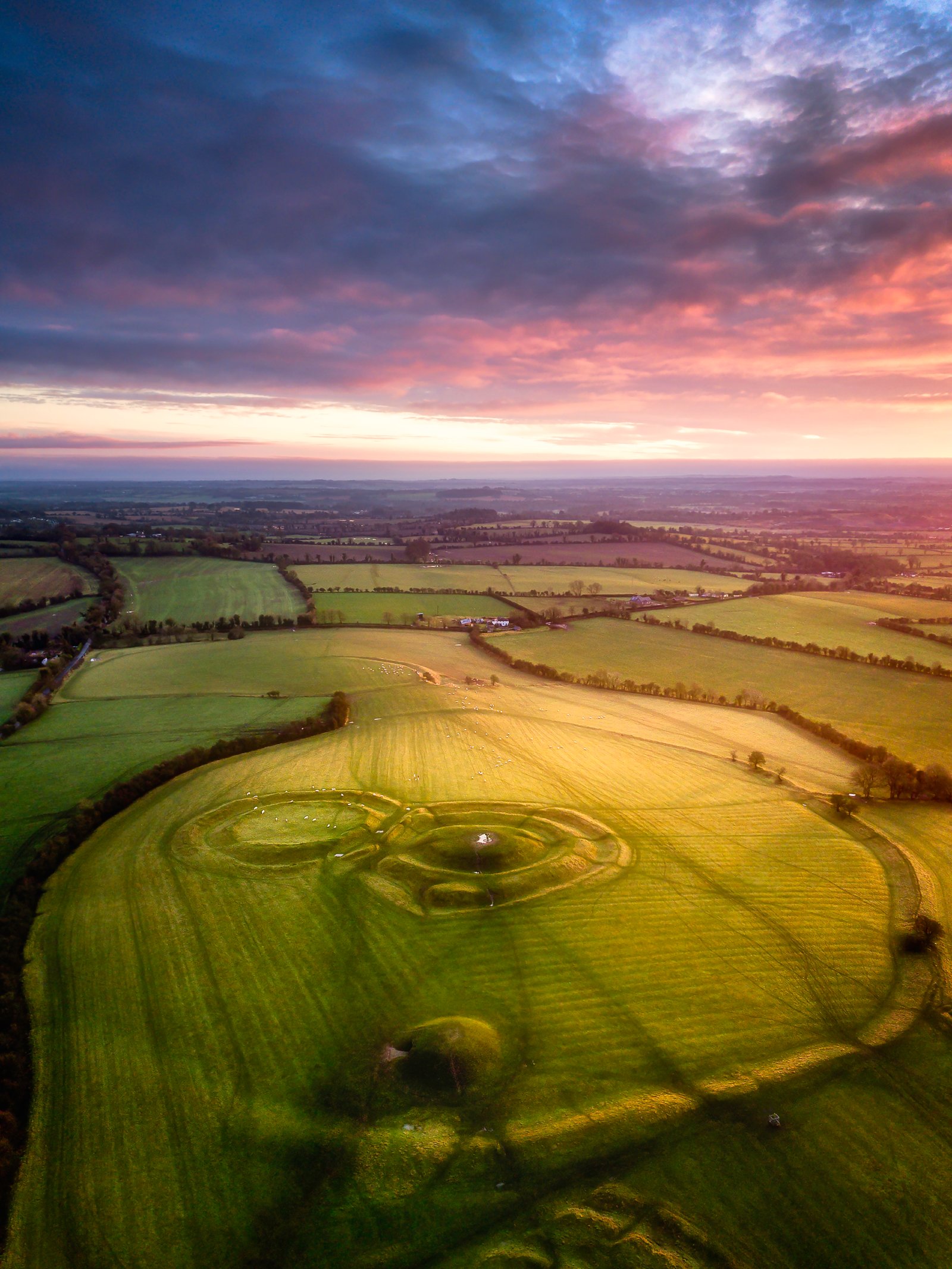

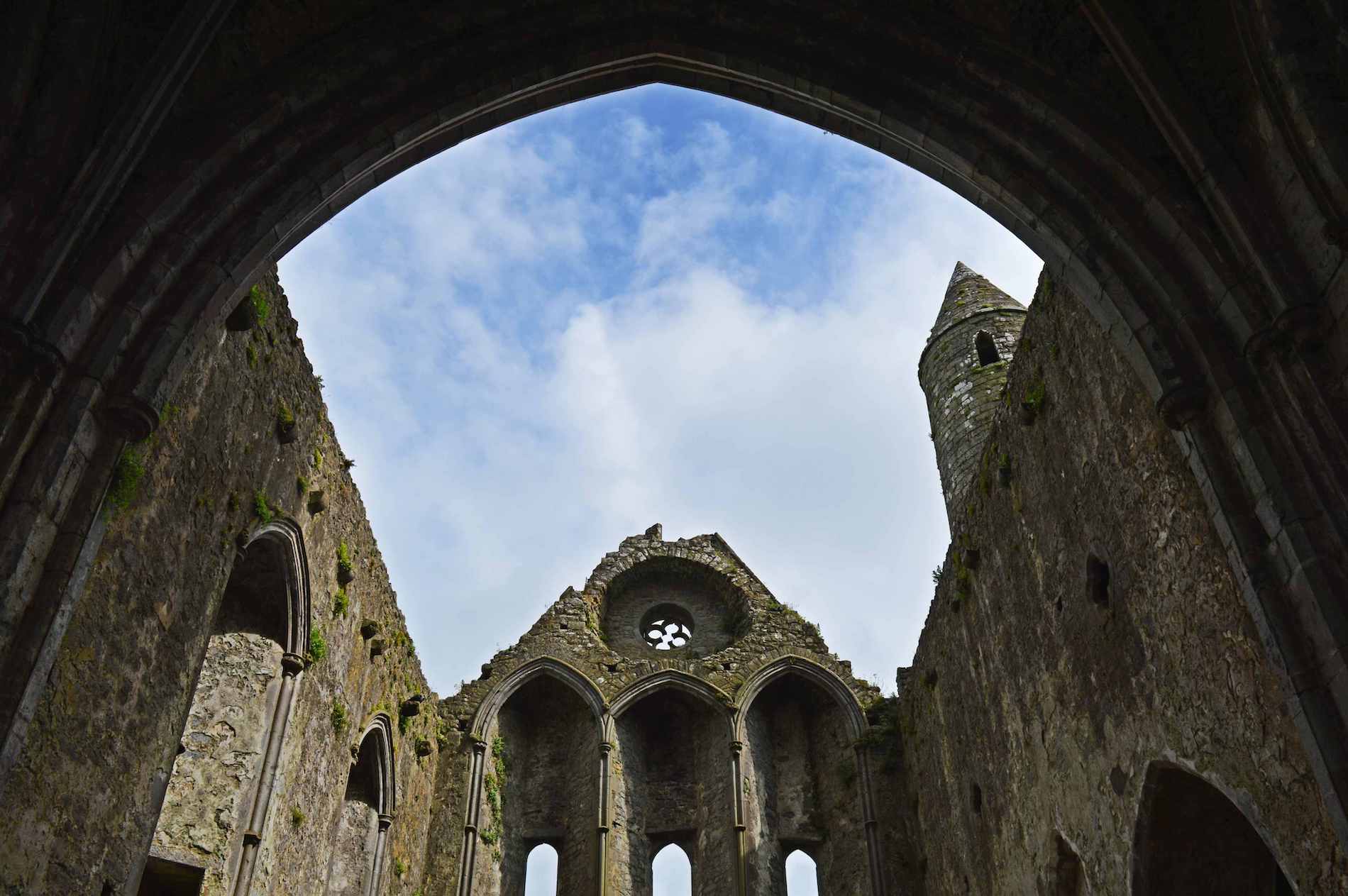
Follow in the footsteps of one of the world's most beloved saints
Soaring cathedrals, crumbling monastic ruins and magnificent landscapes, all united by one incredible story. Trace the tale of St Patrick and his intriguing journey from slave to the patron saint of Ireland, with a trip that explores his legacy across the island.

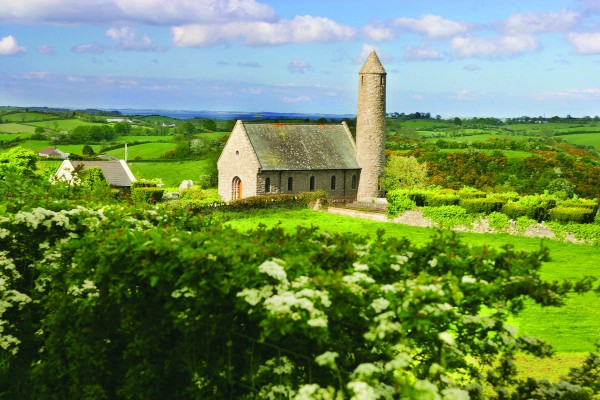
Day 1
Commemorate the humble foundations of St Patrick's first church in Northern Ireland, the towering cathedrals named in his honour and the memorial that marks his final resting place.
Explore Day 1Humble beginnings
Down Cathedral, Downpatrick, County Down

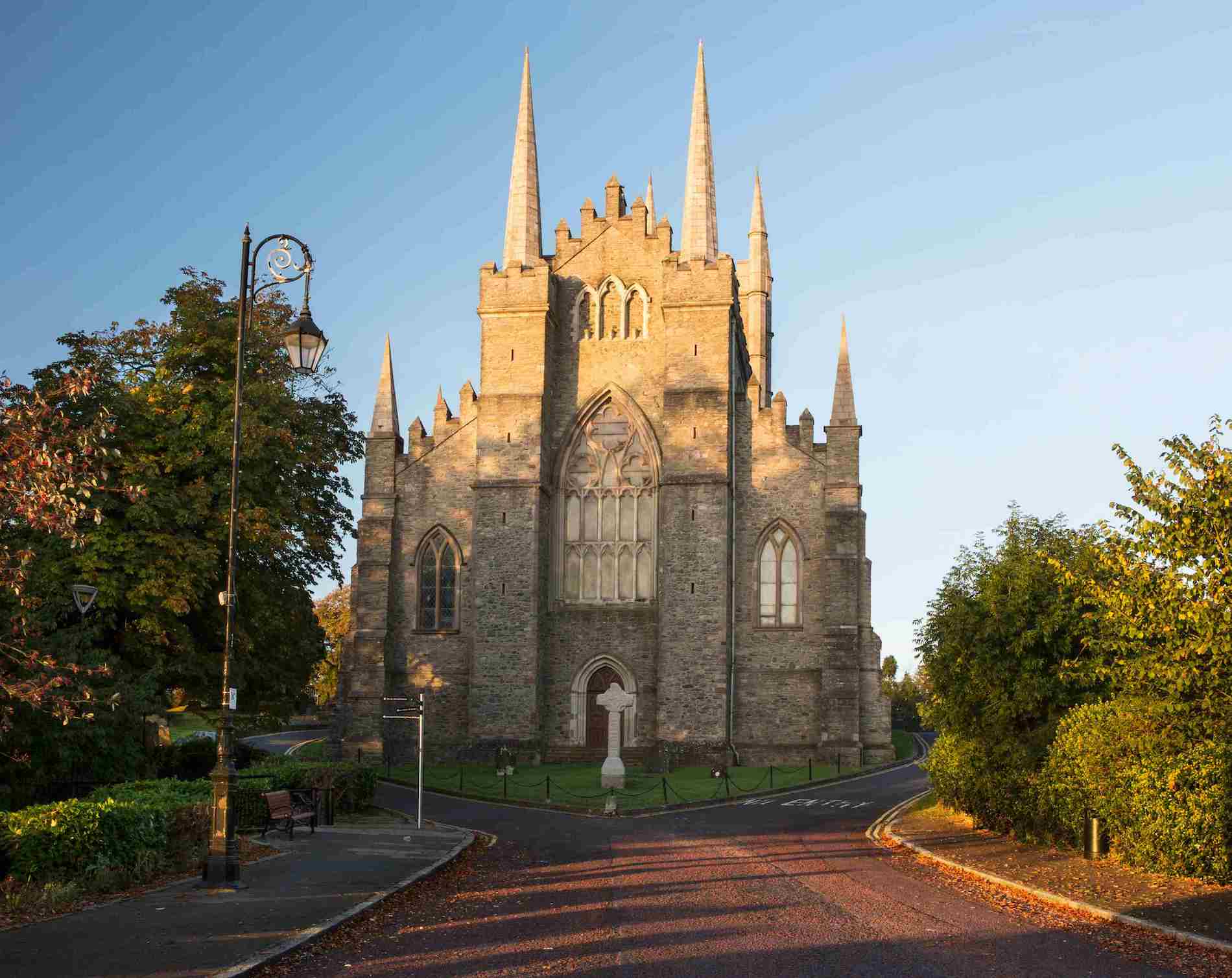
We're entering Downpatrick in County Down, where St Patrick first started his mission to spread Christianity. Captured as a slave in Wales and brought to Ireland, young Patrick initially escaped and fled these shores. But after he left, he found himself called back in a dream. Returning to Ireland, he set about his quest to convert pagans by the thousands. So effective was Patrick that one new convert, a local chieftain, donated a barn in which Patrick could hold his services. It was here, just outside Downpatrick, that Patrick lived leading up to his death and on this very spot in 1932, a church called Saul Church was built to honour the site.
1 miles
Beginnings and endings
Saint Patrick Centre, Downpatrick, County Down

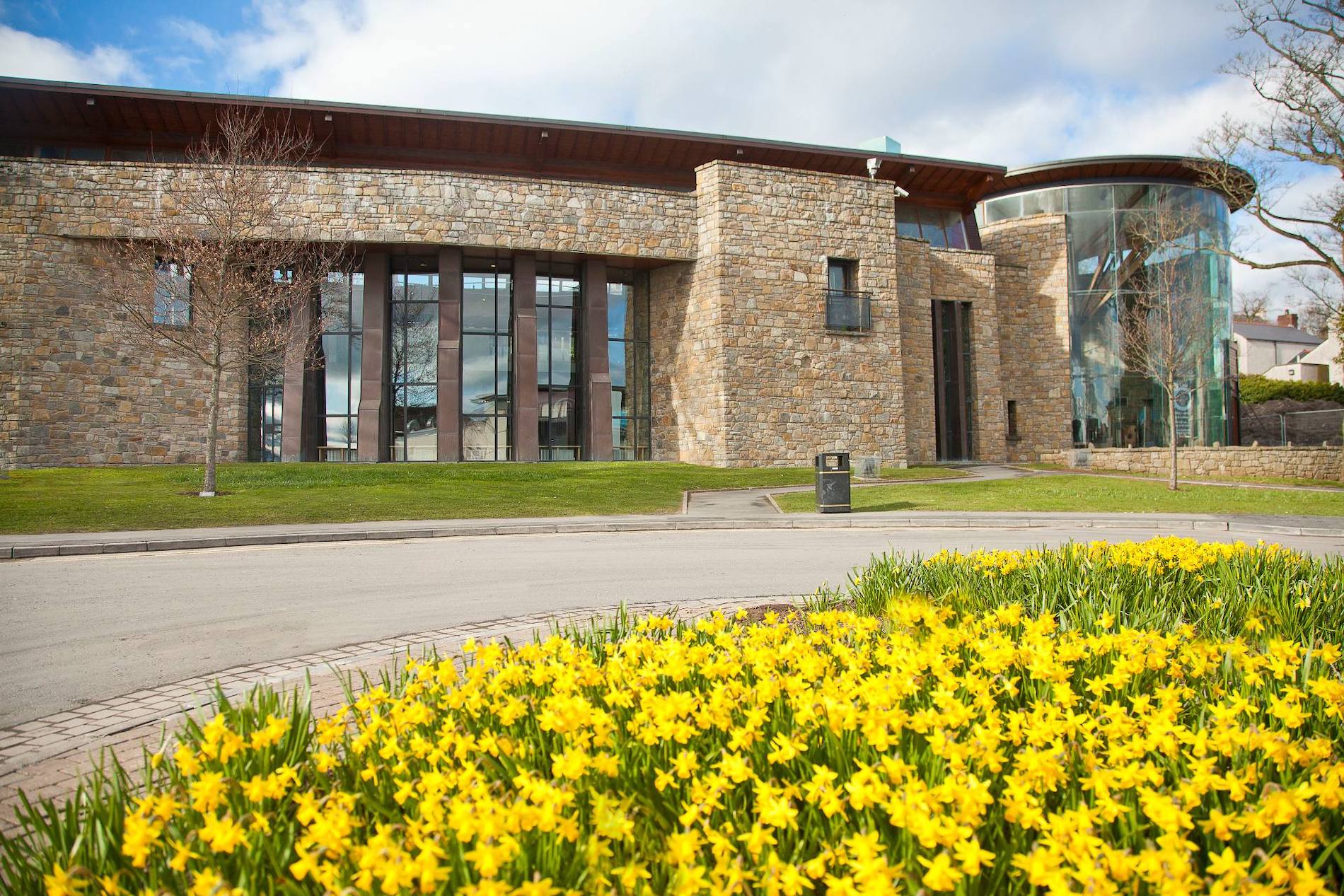
Poignantly, Downpatrick is also where St Patrick is thought to be buried – under a memorial stone, a short walk away from the soaring crenellations of Down Cathedral. Pay your respects to the man who would shape Ireland for years to come, or wander through the corridors of the Saint Patrick Centre, which celebrates his life with interactive exhibits and stories that bring you closer to this extraordinary man.
51 miles
Twin guardians in Armagh
The Mall, Armagh city

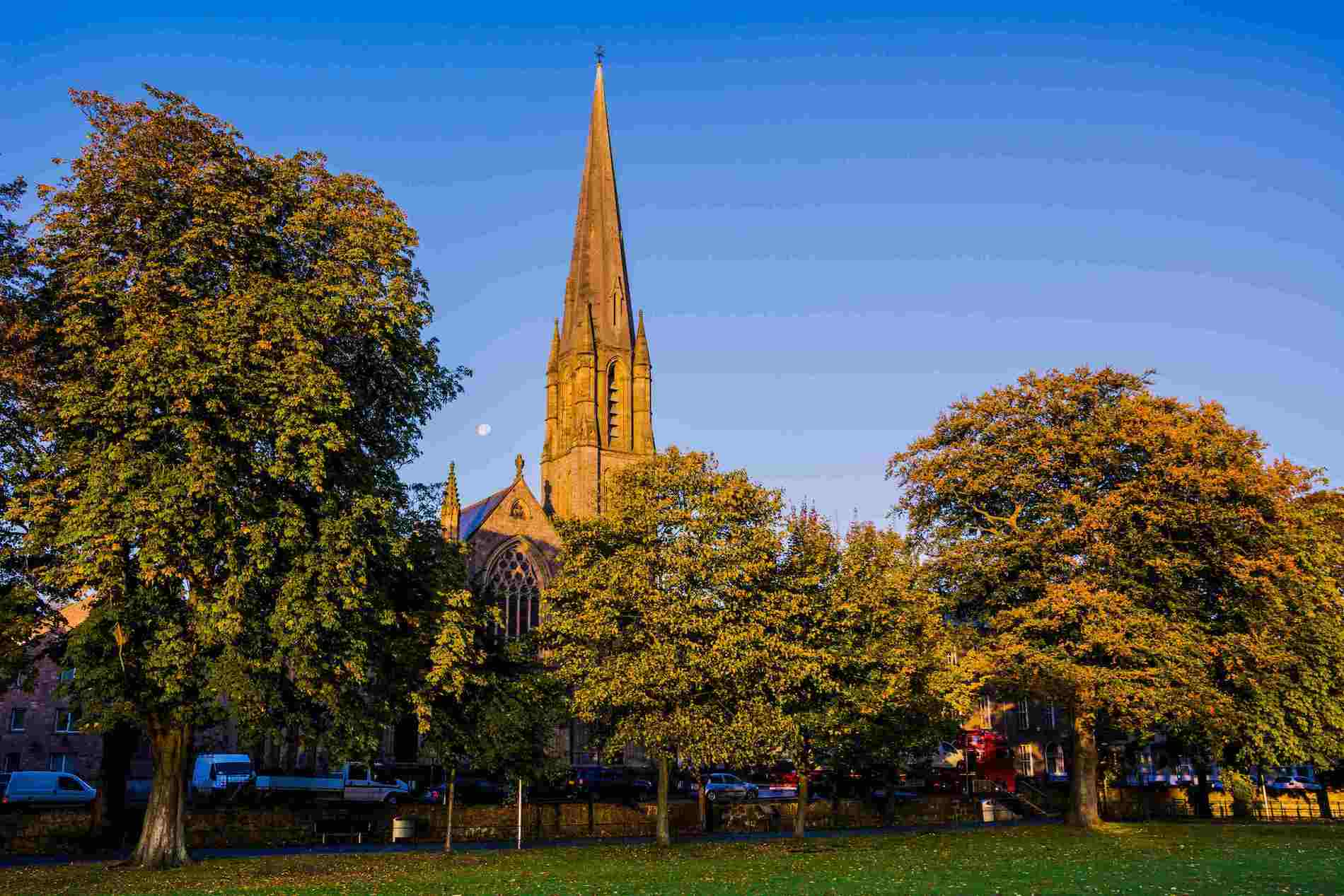
As you walk the narrow streets of Armagh, keep watch for hidden gargoyles, chimeras and angels that linger in nooks and crannies and peek out over windows. However, the real stars of the city are the twin cathedrals – one Church of Ireland, one Roman Catholic – dedicated to St Patrick that sit atop Armagh's two hills. St Patrick founded his main church here in 445AD on the spot where the Church of Ireland cathedral now stands. Explore the glorious buildings and then refuel at Uluru with some well-earned award-winning food.
60 miles

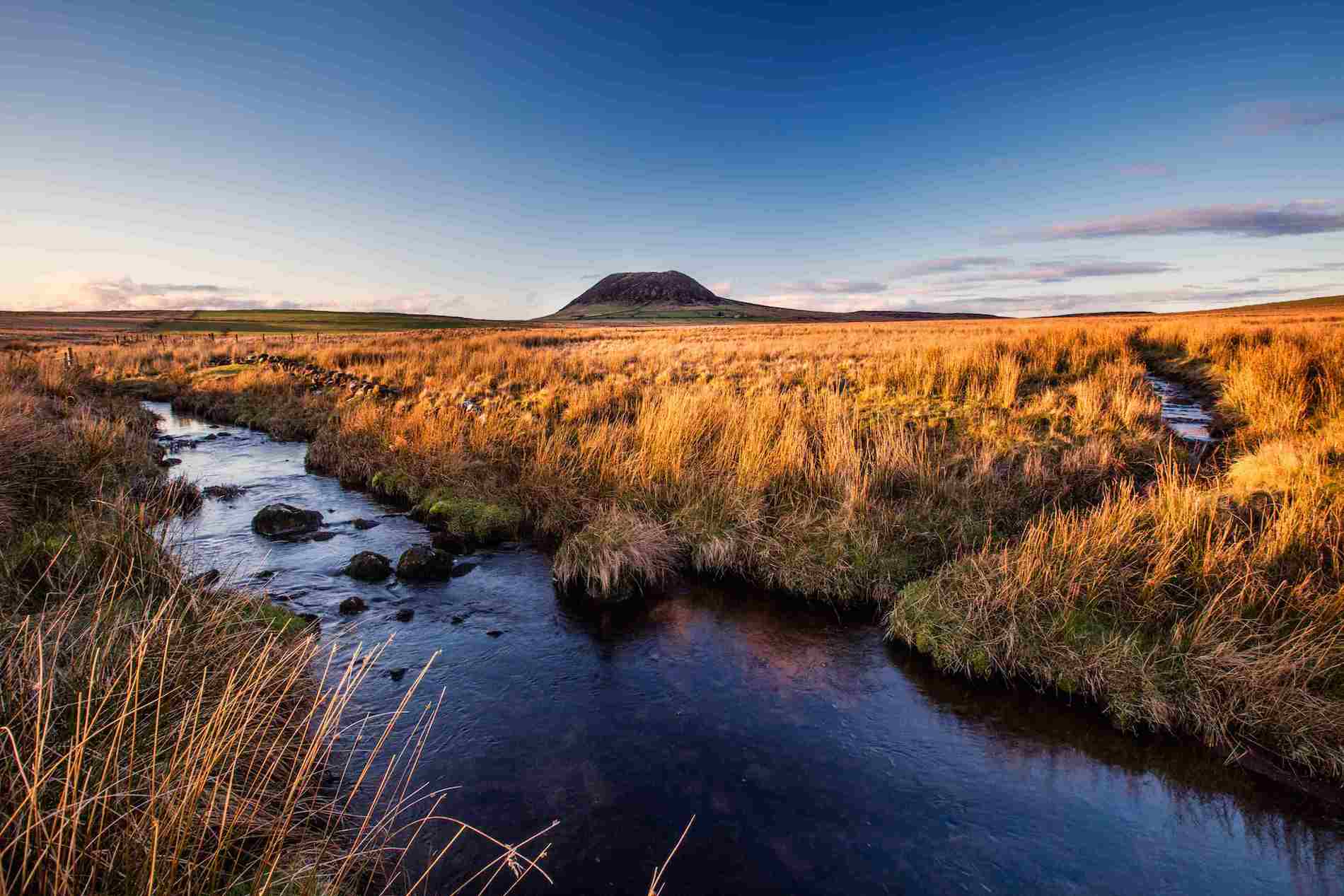
Day 2
It's time for serene landscapes and tranquil lakes as you cross through County Antrim to the glassy waters of Lough Derg, all imprinted with St Patrick's legacy and legend.
Explore Day 2A harsh life
Slemish Mountain, County Antrim

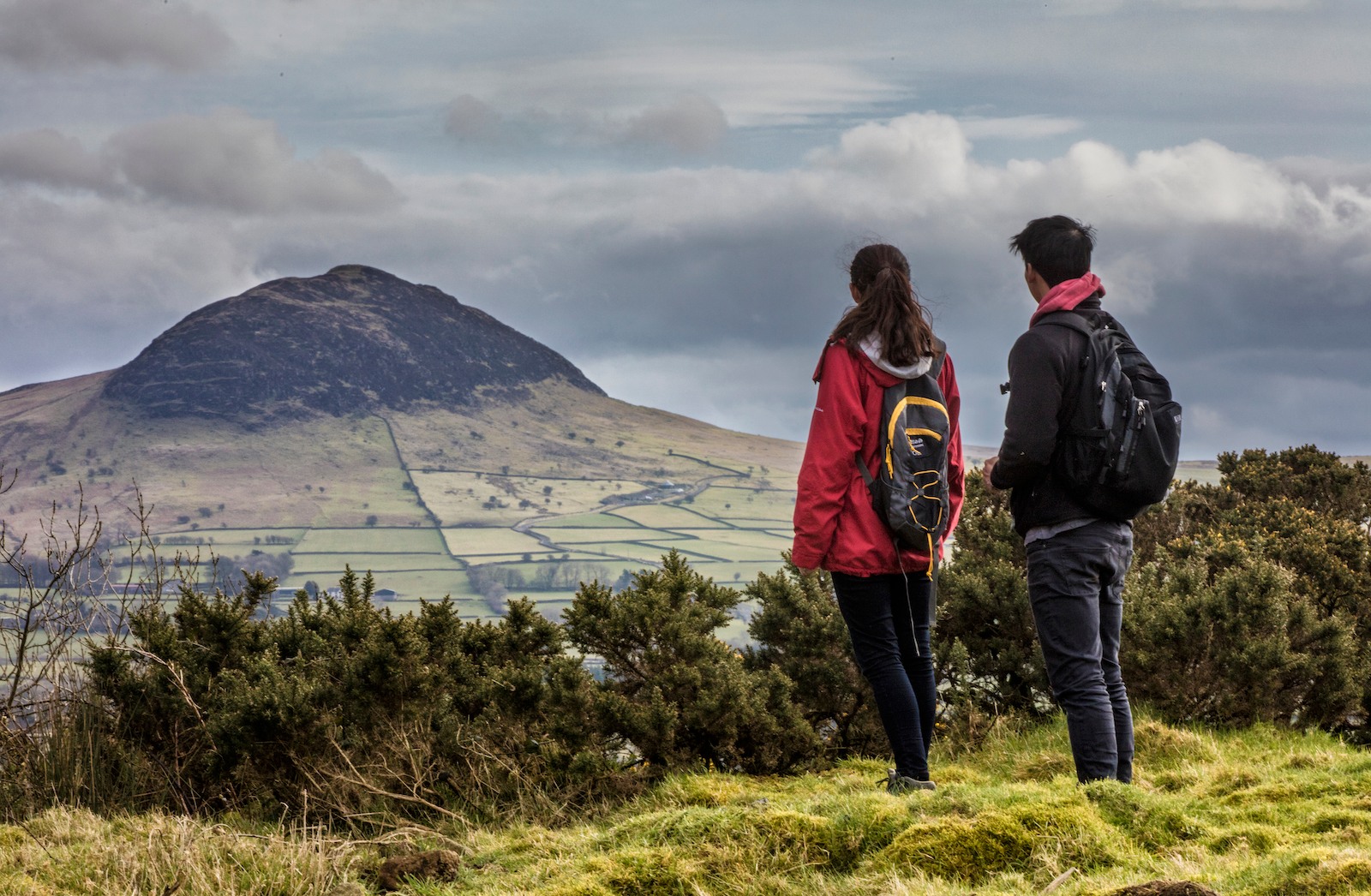
Rising like a behemoth from the gently undulating landscape of County Antrim, Slemish Mountain is where everything began for the teenage Patrick. Brought over as a slave from Wales, he spent six years tending sheep here, and it feels like the landscape has barely changed since. It was on these slopes that Patrick found consolation in prayer, and you can walk the 1.2 mile/2km trail up to the summit of Slemish, and enjoy some of the views that Patrick would have gazed on.
93 miles
Patrick's sanctuary
Lough Derg, County Donegal


In the middle of Lough Derg in County Donegal, surrounded on all sides by crystalline waters and lapping waves, sits St Patrick's Purgatory. Named for the cave where St Patrick spent time praying, this island is now a haven for pilgrims from all over the world, and a sanctuary of retreat, reflection and serenity. Two tales permeate these waters. One sees Patrick hunting the last snake in Ireland and turning the lake red with its blood, while the other has Christ revealing the entrance to Hell to Patrick inside a cave.

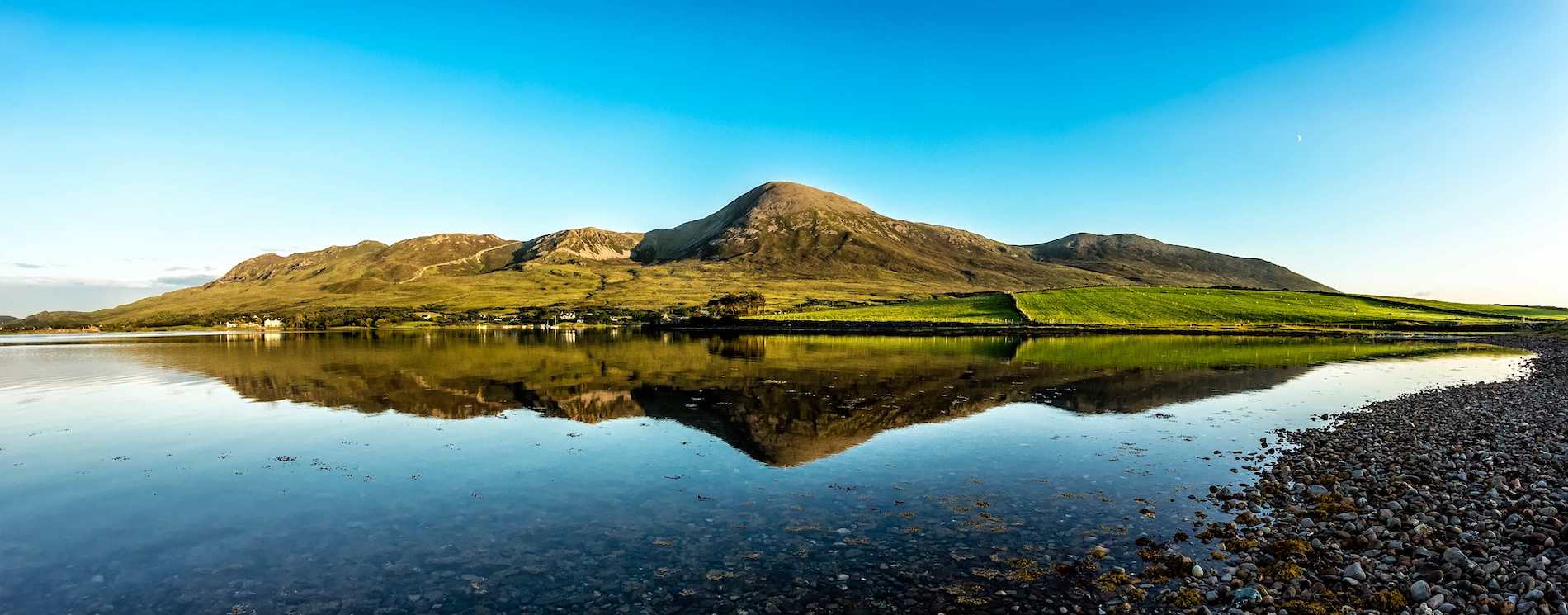
Day 3
As St Patrick began to fulfil his mission of bringing Christianity to the masses, our trail takes us around the island, with a pilgrimage to Croagh Patrick, the Rock of Cashel and the Hill of Slane.
Explore Day 3The sacred mountain
Croagh Patrick, County Mayo

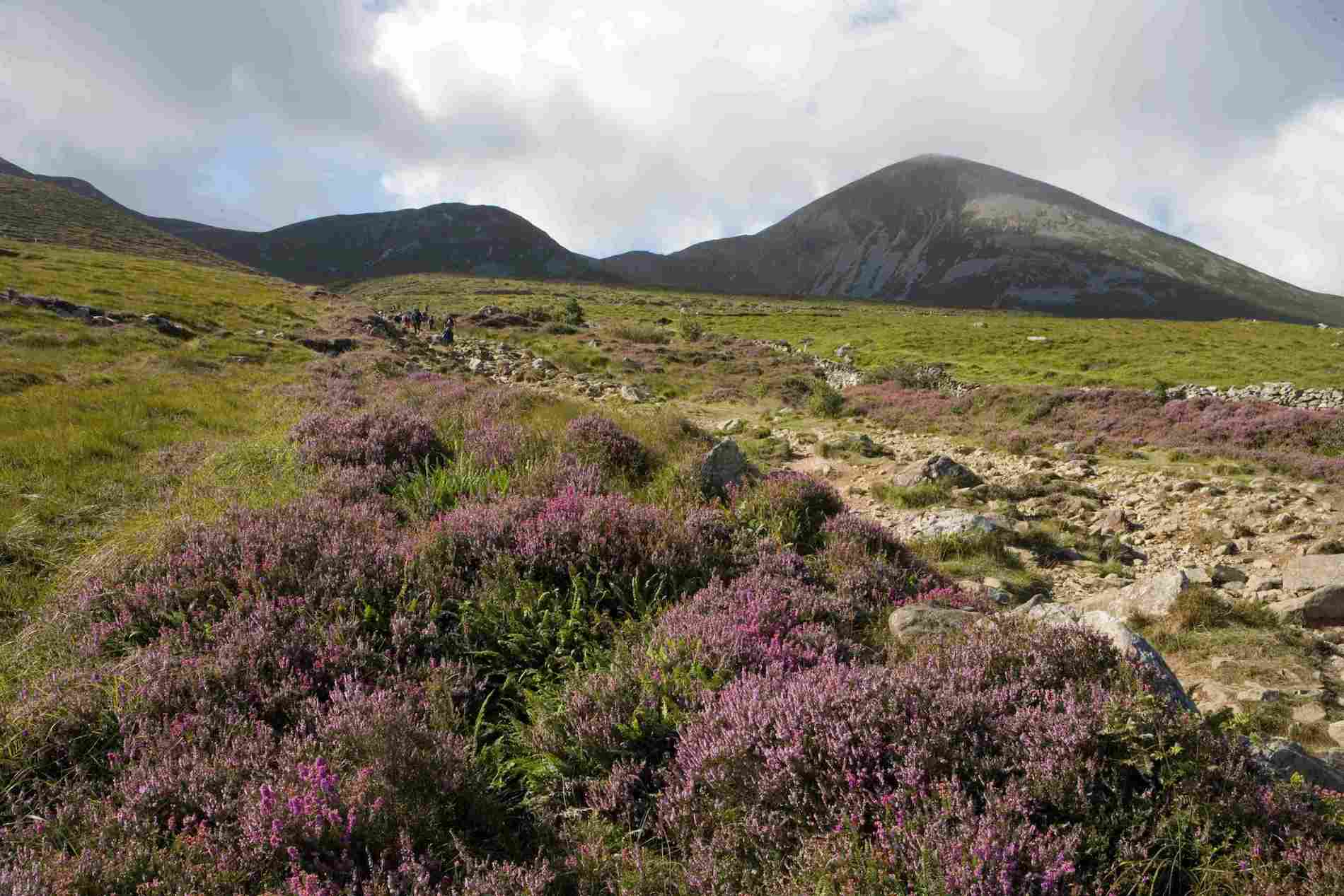
In County Mayo, you'll find one of the most revered sites of St Patrick: the holy mountain of Croagh Patrick. With a history of worship dating back over 5,000 years, this is where Patrick chose to complete his Lenten pilgrimage of 40 days and nights. Pilgrims and walkers alike take on the rubble-covered slopes of this mountain – sometimes barefoot! To get to the top of the mountain, it's a climb of about two hours to the top, but once there you'll be rewarded with unbelievable views over the heather-covered landscape of the west of Ireland and the sparkling waters of Lough Crew.
153 miles
The conversion of a king
Rock of Cashel, County Tipperary

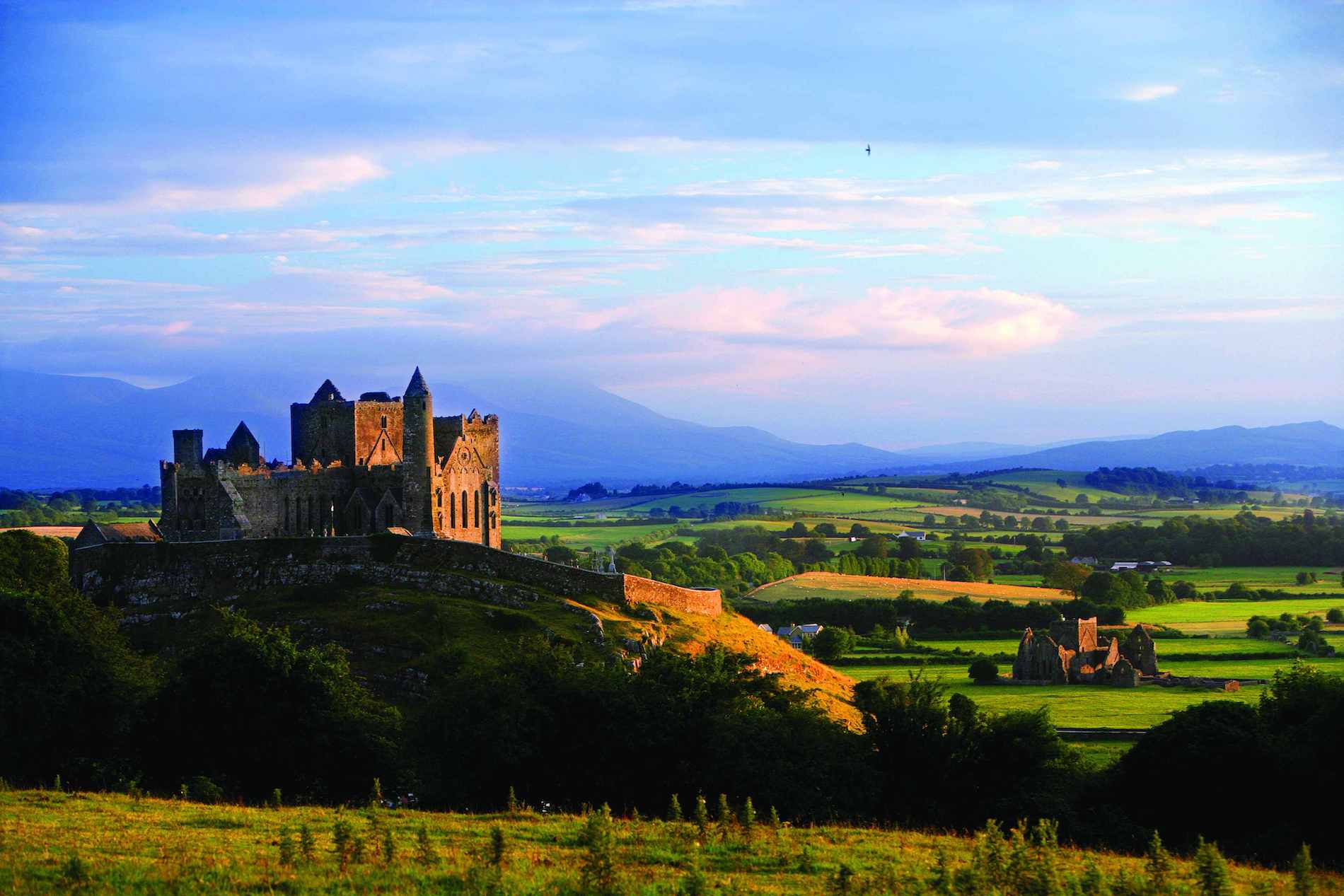
The Rock of Cashel in Tipperary is a monastic site of incredible significance. Looming over the town of Cashel, this is where Patrick baptised Aenghus, the King of Munster – accidentally stabbing him in the foot with a crozier in the process. The baptism signified the end of paganism, bringing with it an acceptance of Christianity across the land. Look out for the 12th century St Patrick’s Cross: one face depicts Christ’s crucifixion, while the other shows an image of a bishop – some say it's St Patrick himself.
121 miles
A seat of high kings
Hill of Tara, County Meath

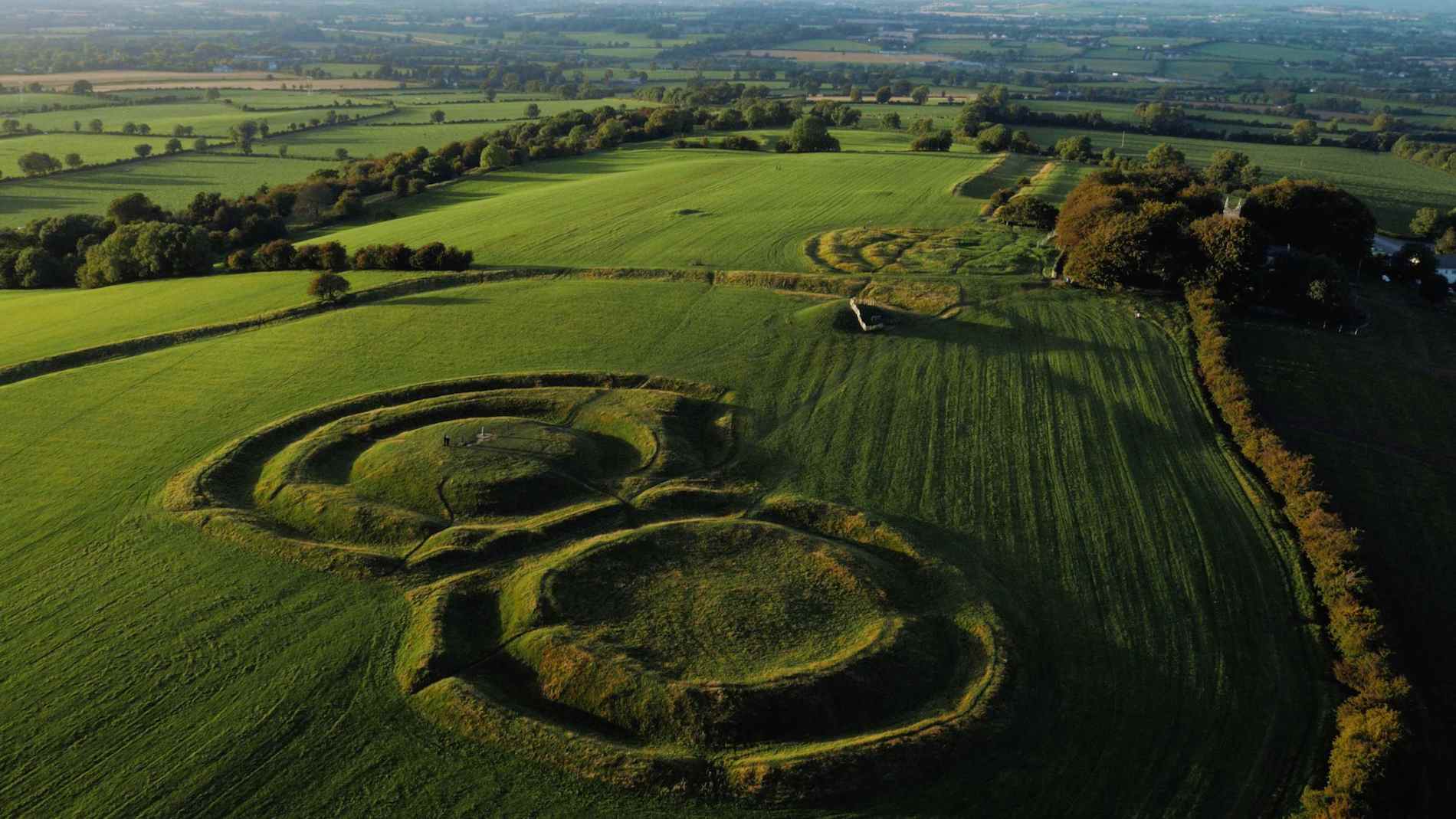
Before Patrick's arrival, Ireland was largely a pagan land. During Bealtaine, the pagan feast celebrating the summer solstice, the high king lit a fire at his seat on the Hill of Tara, County Meath. In defiance, and to celebrate Easter, St Patrick lit his own fire nearby on the Hill of Slane. The king's guards came to investigate. Patrick performed one of his many miracles, and cast an illusion over him and his followers to appear as a herd of deer. Making his way to the king's seat, he made his case to the king. Patrick converted many of the king's court to Christianity and the king even allowed him to walk free to continue his mission.























